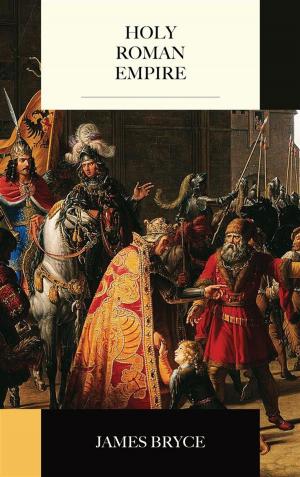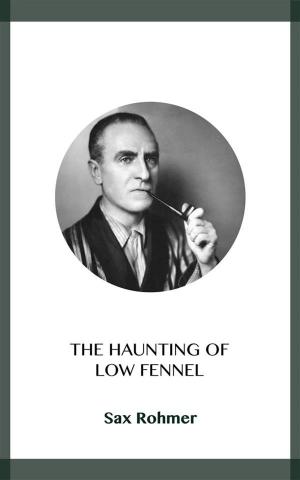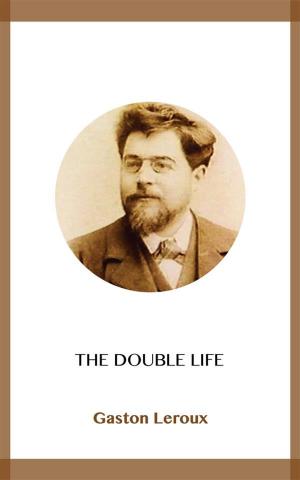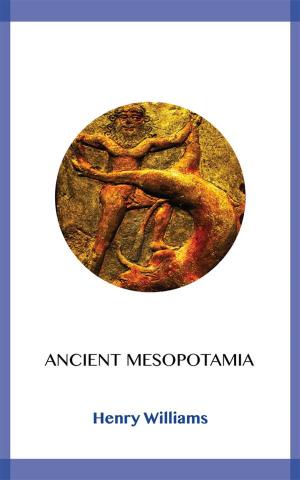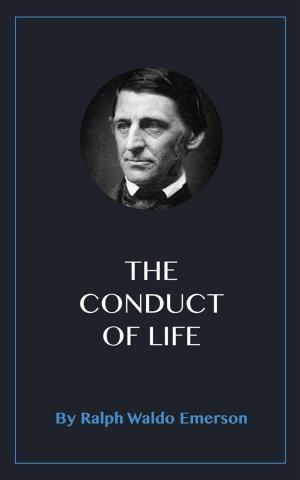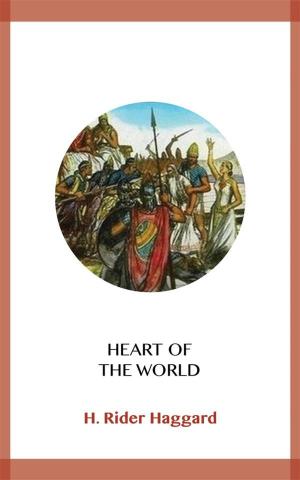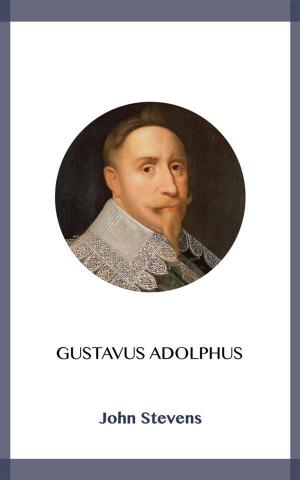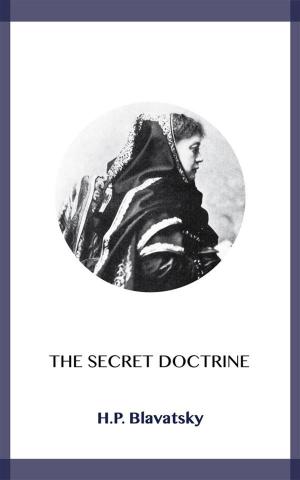History of the Middle Ages
Nonfiction, History, Military, Other, Medieval, Art & Architecture, Architecture| Author: | Victor Duruy | ISBN: | 9788832595826 |
| Publisher: | Blackmore Dennett | Publication: | April 30, 2019 |
| Imprint: | Language: | English |
| Author: | Victor Duruy |
| ISBN: | 9788832595826 |
| Publisher: | Blackmore Dennett |
| Publication: | April 30, 2019 |
| Imprint: | |
| Language: | English |
The term Middle Ages indicates the period which elapsed between the ruin of the Roman Empire and the establishment of the great modern monarchies. It extends from the German invasion at the beginning of the fifth century to the capture of Constantinople by the Ottoman Turks ten centuries later in 1453.
In this period, situated between ancient and modern times, the cultivation of arts and letters was suspended, although a new and magnificent architecture was developed. In place of the republics of antiquity and the monarchies of our day there grew up a special organization called feudalism. This domination of the feudal lords, the product of many centuries, was finally overthrown by Louis XI, the Tudors and the princes contemporary with them. Although there were kings in all countries, the military and ecclesiastical chiefs were the real sovereigns from the ninth to the twelfth century. The central power had no force, local powers had no overseer or guide, the frontiers had no fixed limits. The sovereign and owner parcelled out the territory into a multitude of petty states where the sentiment of nationality could not exist. Nevertheless above this condition of many lords hovered the idea of Christianity represented by the pope, and of a certain political unity represented by the emperor in comparison with whom all the kings of Europe were provincial. Thus the great wars of those times were religious wars, as were the crusades against the Muslims of Palestine, the Moors of Spain, the Albigensian heretics or the pagans of the Baltic, or were a struggle between the two powers which aspired to rule the world, a quarrel between Papacy and the Empire.
Contents: The Barbarian World in the Fourth and Fifth Centuries. The Principal Barbarian Kingdoms. The Eastern Empire. Clovis and the Merovingians (481-752). Mohammed and the Arab Invasion. The Empire of the Franks. The Last Carlovingians and the Northmen. The Third Invasion. Feudalism. The German Empire. Struggle between the Papacy and the Empire. The Crusades in the East and in the West. Society in the Twelfth and Thirteenth Centuries. Formation of the Kingdom of France (987-1328). Formation of the English Constitution. First Period of the Hundred Years' War (1328-1380). Second Period of the Hundred Years' War (1380-1453). Spain and Italy from 1250 to 1453. Germany, the Scandinavian, Slavic and Turkish states (1250-1453).
The term Middle Ages indicates the period which elapsed between the ruin of the Roman Empire and the establishment of the great modern monarchies. It extends from the German invasion at the beginning of the fifth century to the capture of Constantinople by the Ottoman Turks ten centuries later in 1453.
In this period, situated between ancient and modern times, the cultivation of arts and letters was suspended, although a new and magnificent architecture was developed. In place of the republics of antiquity and the monarchies of our day there grew up a special organization called feudalism. This domination of the feudal lords, the product of many centuries, was finally overthrown by Louis XI, the Tudors and the princes contemporary with them. Although there were kings in all countries, the military and ecclesiastical chiefs were the real sovereigns from the ninth to the twelfth century. The central power had no force, local powers had no overseer or guide, the frontiers had no fixed limits. The sovereign and owner parcelled out the territory into a multitude of petty states where the sentiment of nationality could not exist. Nevertheless above this condition of many lords hovered the idea of Christianity represented by the pope, and of a certain political unity represented by the emperor in comparison with whom all the kings of Europe were provincial. Thus the great wars of those times were religious wars, as were the crusades against the Muslims of Palestine, the Moors of Spain, the Albigensian heretics or the pagans of the Baltic, or were a struggle between the two powers which aspired to rule the world, a quarrel between Papacy and the Empire.
Contents: The Barbarian World in the Fourth and Fifth Centuries. The Principal Barbarian Kingdoms. The Eastern Empire. Clovis and the Merovingians (481-752). Mohammed and the Arab Invasion. The Empire of the Franks. The Last Carlovingians and the Northmen. The Third Invasion. Feudalism. The German Empire. Struggle between the Papacy and the Empire. The Crusades in the East and in the West. Society in the Twelfth and Thirteenth Centuries. Formation of the Kingdom of France (987-1328). Formation of the English Constitution. First Period of the Hundred Years' War (1328-1380). Second Period of the Hundred Years' War (1380-1453). Spain and Italy from 1250 to 1453. Germany, the Scandinavian, Slavic and Turkish states (1250-1453).

